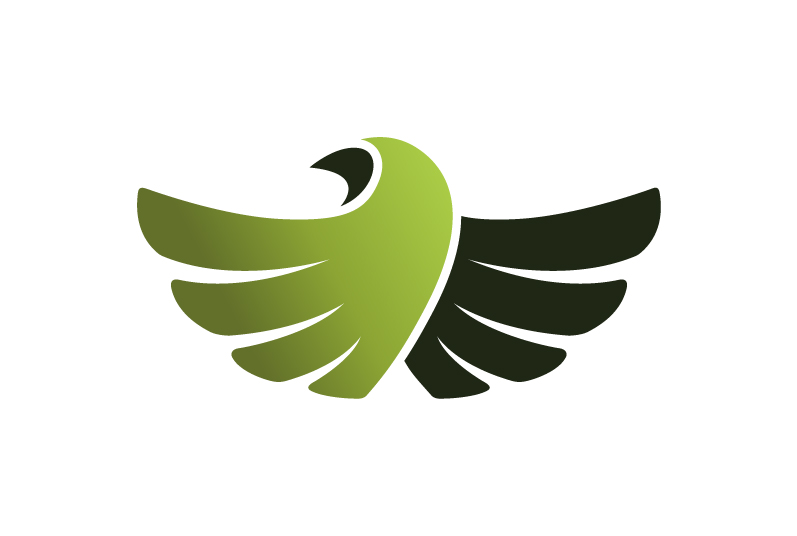Reflexology
What is Reflexology?
Reflexology can be so beneficial to both physical and emotional wellbeing. It is a theory and therapy that uses the feet as a map, or mirror, of the whole body. A reflex is when stimulation of one point on the body brings about a response in another point or area, so reflexology uses massage and thumb, finger and knuckle pressure to stimulate points on the feet.
Reflexology does not aim to diagnose disease or cure it, but to promote the free flow of the body’s own energy for health and wellbeing. To me, the main power of reflexology lies in the fact that it stimulates the parasympathetic nervous system, which counters stress, allowing body and mind to go into rest and repair mode, which can promote relaxation and a sense of wellbeing.
The foot has more nerve endings per square centimetre than any other part of the body, which makes it particularly sensitive to reflexology.
The History of Reflexology
Reflexology has its roots in ancient Egypt, India and China. For example, the tomb of an Egyptian physician Ankhmahor dating from around 2330 BC has a series of images depicting foot treatments similar to modern reflexology.
The first records of pressure being used therapeutically in Europe are from the middle ages. Significant progress was made in the nineteenth century with the mapping of dermatomes. A dermatome is an area of skin supplied by a single spinal nerve and which relays sensory information (e.g. pain, heat, cold) back to the brain. You can find out more about dermatomes here.
Dr William Fitzgerald, an American ear, nose and throat physician, discovered that by applying pressure to one part of the body, another part would be anaesthetised. This led him to map the body into ten longitudinal zones, which forms the basis of reflexology today. Every part of the body in a particular zone is linked, so that if energy is blocked in one area, it will affect the rest of that zone.
It was Eunice Ingham who devised reflexology (also known as zone therapy) from Fitzgerald’s foundational work on zone theory. She found that treating the feet was the best way to access the rest of the body, as each of the ten zones ends in the feet (one per toe) and the feet are more sensitive to acupressure than the hands. Ingham also devised three transverse zones on the base of the feet to help map the body, with the base of the toes representing the shoulder line, the narrowest part of the foot representing the waistline and the heel representing the pelvic line.
Reflexology has become one of the most popular complementary therapies today. And like other holistic therapies, it works on the person as a whole and doesn’t just focus on symptoms.
Reflexology Training and Qualifications
I qualified as a reflexologist in 2019 after training with the Cotswold Academy in Cirencester.
So that I can better support female clients towards a positive menopause, I successfully completed the Reflexology for Menopause course run by reflexologist and trainer Sally Earlam in April 2024.
Reflexology can support a healthy menopause by helping to alleviate some of the symptoms and improving overall wellbeing. By intentionally working with reflexes, acupressure and pleasurable touch, reflexology can help calm the nervous system with the aim of supporting key organs and balancing hormones to aid sleep, improve mood and enhance wellbeing. Read my blog post Reflexology for Menopause to find out more...
If you are interested in trying reflexology or would like to find out more about it, do get in touch on 07528 708650 or email wendy@rookeholistic.co.uk. I provide treatments at the Formula Health Clinic in Pangbourne and you can book appointments through the clinic or directly with me. I also provide a mobile service in the Reading area, so if you would like to arrange a reflexology treatment in the comfort of your own home, please contact me directly.
I am a member of the Association of Reflexologists and fully insured.


